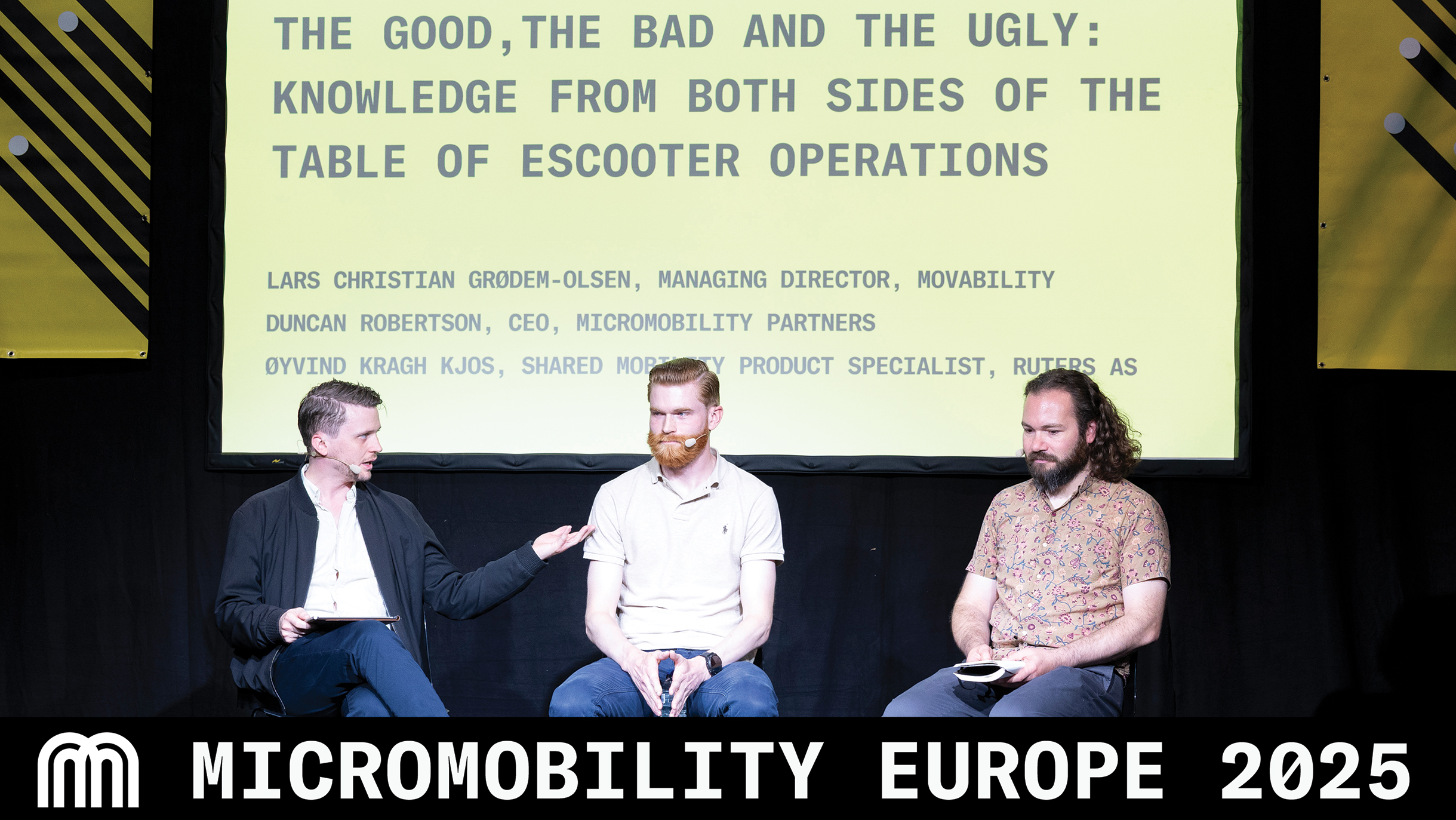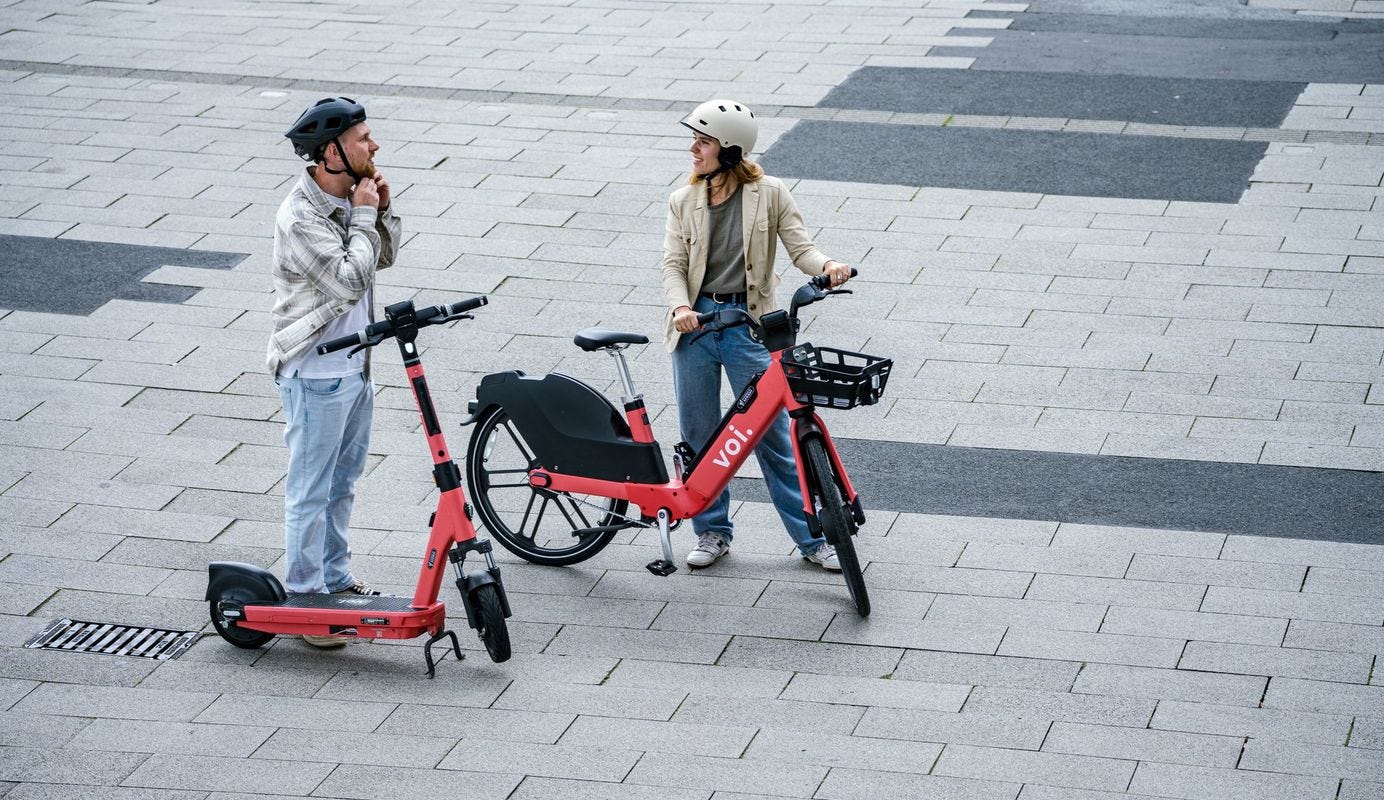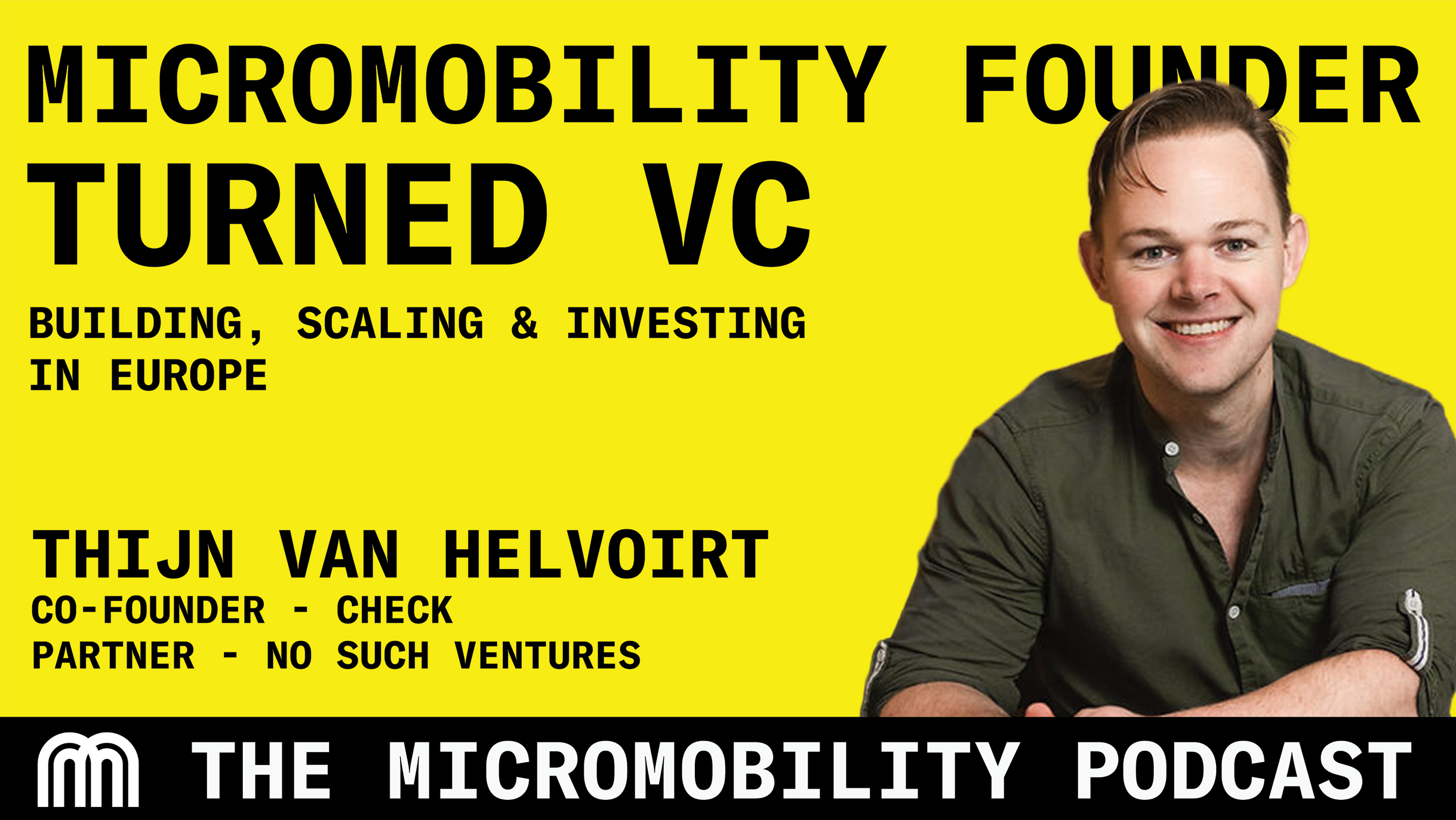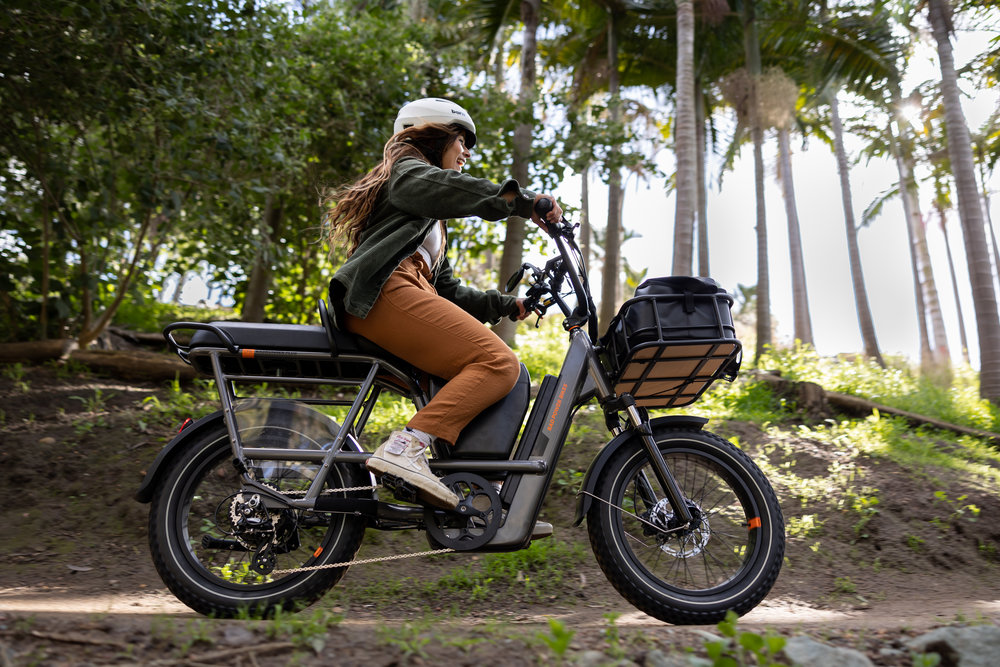The rumors are ramping up again about Apple’s entry into the transportation business. Although nominally ascribed as “the Apple Car” we can look a bit beyond the product and think about how a company like Apple would enter a market for miles and smiles.
It’s important to understand that Apple is a computer company. The word “computer” was dropped from their name some time ago as the company increasingly switched to delivering devices and services not just personal computers. But every device Apple sells is a re-imagined computer and every service depends on computation. Every device runs a fully fledged operating system with access to third party applications—the traditional distinction between general purpose and embedded computing. The iPhone, iPad, even Watch is effectively a tiny Mac.
Today Apple Inc. sells more computers than ever and indeed designs more of its computer with the A series systems-on-a-chip being the most popular (and now most powerful) processors in the world. Over 310 million are sold each year adding up to over 1.5 billion active devices (i.e. computers) in users' hands.
Where Apple has departed from other computer companies is in creating demand for what its devices do and in delivering on that demand in a way that users are delighted enough to return for more over and over again. This market creation and preservation strategy allowed it to become the most valuable company on Earth.
I believe an entry by Apple into transportation will be more of the same.
Before we dive into exactly how, it’s important to put the transportation market in context with the other markets that Apple participates in. The Smartphone, Personal Computer, Tablet, Wearables, Micromobility, Automobility and (for calibration) Game console markets in terms of units sold in the latest year for which data is available are shown below. The data is world-wide.

Apple participates in the top four bars of the graph and has chosen to be absent from the last. As an exercise, we are contemplating their participation in the Micromobility and Cars markets which are shown in the middle.
From the graph you can see that the car market can be measured as about 62 million units while the Smartphone market can be seen as about 1500 million units. Personal computers are in the 250 million range and Micromobility which includes motorcycles, ebikes and scooters is about 95 million units. This may seem academic but it has implications in terms of users.
The larger the unit market the more likely the user base is large and it needs to be very large indeed to attract third party developers who are effectively co-innovators moving the category to new use cases and more value. The vibrancy of a category—its dynamism, cadence of innovation and platform or ecosystem health depends on high number of users using the same version of the product. This is evident in that the Smartphone market which has at least 3.5 billion users, the PC market with about 1.2 billion, tablets probably at 0.5 billion, all new markets. While the automobile install base is about 1 billion it is highly fragmented and slow to change.
The unit data can be expanded into value by multiplying by the average selling price. This results in the respective industries’ yearly sales, shown below.

I added additional color to this sales graph:
- Growth (1 yr.) is shown with the grey outlines
- Apple’s Services is added as a new bar
- Apple’s share of the industries’ sales is shown in orange. The orange bars across the graph add up to Apple’s yearly revenues.
- Tesla’s share of the car industry (and thus its revenues) is shown for calibration.
A few observations:
- Apple’s decision to stay out of game consoles seems right and it should be seen in contrast to its enabling gaming on phones, tablets and Home (via Apple TV, part of Wearables). It might have seemed logical for Apple to enter into the console business the way Microsoft did but it chose to disrupt with “good enough” games and that seems to have been the right decision driving the stickiness and value of the devices business.
- The Cars market is very large but it’s difficult to gain a large share of it. Judging by its valuation, Tesla’s entry into the automotive market has been a great success. But during its first 16 years the share gained (500k units out of 70 million or 0.7%) is not extraordinary. Hyundai in combination with Kia, another recent entrant, gained about 10.5% share in 53 years. (And yes, 53 years makes one an entrant in this business). The reason Apple’s market revenue shares are so much greater is because it largely created the markets in which it participates. Rather than hacking out share from incumbents, it created its own and iterated to sustain.
- The Micromobility market is very dynamic though seen as only motorcycles it is rather staid and similar to the car market. Entry into two wheels is a lot easer than four and the embrace of electric drive is much faster for short trip segments. This is the fundamental Micromobility Thesis.
Besides addressable size and rates of growth, the decision of entry by Apple must be informed to some degree by the margins available. Below I show the contribution of the various categories to Apple’s gross margins (the difference between revenues and direct costs of production/sales. This does not include expenses for R&D, SG&A).

The orange bars represent my estimates of the contributions by categories and the blue are what might be possible with entries into these new product categories of Micro and Auto. The sum of the orange bars is the actual total gross margin for Apple in the four quarters ending September 2020.
What we see is that the hypothetical entry into cars with 100k units at $45,000 average selling price and a 15% gross margin (industry average) would result in a small contribution. With some creative assumptions about an entry into micromobility we can perhaps argue for a greater but still small contribution. This exercise can be repeated for other assumptions but it’s pretty clear that transportation will not be a huge money spinner from vehicle sales in the short term. It will take at least a decade to “move the needle.”
So should Apple not enter? I’m sure Apple ran these numbers for years. I myself started looking at this question in 2013.
But moving revenue and margins needles isn’t the only objective here.
We have to understand that some problems we face are not going to be solved quickly and that only the patient are going to be rewarded. Apple’s entry is not going to be motivated by the pursuit of a quick buck. It will, as it should, be aimed at making a valuable contribution beyond sales value. For that reason the technology being developed and brought to this table will emphasize efficiency, high utilization, services and experiences. Not just utility.
In other words it’s more likely Apple will target delivering smiles rather than miles. Smiles are booked as higher margins and as Services—the great wildcard. The way to deliver smiles will be through putting computing front and center. The Apple machines that move will be intelligent. We can only guess about what they’ll be smart about but being smart is the only real reason for them to exist.
Looking back, Apple has always been positioned as “the bicycle for the mind”. An expansion of our capabilities with a set of tools that amplifies what we can do. The important observation is then why Apple has *not* been “a car for the mind”. The car expands our capabilities and gives us reach but it is grossly inefficient and has gross externalities. It burdens us as much if not more than it frees us. It is also dumb. It does not change its role and does not seek to do more than what we ask of it. The bicycle, as Steve Jobs noted, makes us so much more efficient for such a low cost. It now has the ability to change itself rapidly. It is the most virtuous of machines.
Here’s hoping that Apple’s entry into transport and personal mobility will be more bicycle than car, more iPod than Hi Fi Stereo, more iPhone than PC. But even if it isn’t an iPhone on wheels, perhaps we should see it as an iPad.

.svg)
%2Bcopy.jpeg)


.svg)












